|
image from Pinterest Good morning. The temperature at 7:30 AM is 34 degrees. It will be nice today with the start of warmer temperatures. The weather for the next few days is predicting rain. Rain yes for Christmas not snow. BUT we do need the moisture. Christmas will come and might not be white, but all the spirit of Christmas will be here.
Larry and I want to wish all of you a very Merry Christmas . We hope you have hope, love, peace, and joy in all of it, that is the meaning of Christmas with the birth of Jesus. With this being the winter solstice, then I know spring is next. This will give me hope that the days will be longer and more sunshine. I miss seeing the plants growing and blooming. That made me realize that I need plants and gardening for the hope of new growth. When is the winter solstice, and what is it all about? By Catherine Boeckmann When is the first day of winter? In 2023, the winter solstice date is Thursday, December 21. So, what is the winter solstice, and why does it happen? When Is the Winter Solstice? The first day of winter in the Northern Hemisphere is marked by the winter solstice, which occurs on Thursday, December 21, 2023, at 10:27 P.M. EST. With this in mind, I said hope for spring is coming because it always comes after winter. Gives me this ….Gardening is not just about cultivating plants and flowers, it’s a way of life. It’s a way to connect with nature, to escape from the hustle and bustle of everyday life, and to find peace and tranquility. Gardening requires patience, dedication, and hard work, but the rewards are endless. “The glory of gardening: hands in the dirt, head in the sun, heart with nature. To nurture a garden is to feed not just the body, but the soul.” – Alfred Austin In a Garden Lives Hope, Always For the northern half of Earth (the Northern Hemisphere), the winter solstice occurs annually on December 21 or 22. (The Southern Hemisphere’s winter solstice occurs in June.) The winter solstice is the day with the fewest hours of sunlight throughout the year, making it the “shortest day” of the year. Thankfully, after we reach the winter solstice, the days begin to grow longer and longer again until we reach the summer solstice—the first day of summer and the longest day of the year. Think of it this way: Although the winter solstice means the start of winter, it also means the return of more sunlight. It only gets brighter from here! As much as gardens provide bounty, they also yield hope, and we need hope for our spirits as much as we need nutrition for the body. Each new season, every emerging bud, any packet of seeds—these are vessels of hope. Anticipation of the day a cherry will burst into bloom with every petal seemingly amplifying the sun’s light fortifies your will to prove more determined and persistent than winter itself. The garden speeds through the season with such determination. Spring’s emerging shoots yield quickly to a succession of dazzling flowers, which attract comically hardworking bees, whose efforts give us fruits. Fruits bring their own beauty, sustenance for us and for wildlife, and seeds. Seeds are perhaps the most precious gift. Vessels of new life, they are small but mighty assurance that a new day will come, a better season, and the cycle will continue. This will come and all in the cycles and rotation around the sun. Happy Winter Solstice…spring is coming. Taken from https://www.almanac.com/content/first-day-winter-winter-solstice Till next time this is Becky Litterer, Becky’s Greenhouse, Dougherty Iowa [email protected] 641-794-3337 cell 641-903-9365
0 Comments
image from Larry Litterer Good morning. The temperature at 11:00 AM is still at 22 degrees. AND it is really windy out, so the wind chill makes it feel like 6 degrees. It is cold for us as it has been above average temperatures this month. Tonight it is a low of 14 degrees. If you look outside you will be fool because of the clear blue sky. Stay warm, stay safe.
I have been doing the house wood stove since Larry had his knee replaced Oct 31. He cut the wood smaller for me to handle, so I don't mind doing it. There is an art to burning wood, and I am learning. Temperature, weather and wind all play a part, but I am used to watching all of that with having the greenhouse open. You might find it interesting the heat valve of some of the wood. For some reason we are burning lots of ash trees. BUT they work. Do you burn wood? We have all of our married life. Interesting story...salesman here and said is that stove a smoker? I said yes it has smoke but it is used to heat water for our house as heat and our water heater. It is an outdoor wood burner. He had a very puzzled look on his face. We have burned wood for a long time. Larry said doing wood is his exercise program. He will be going back to it soon. What is the Best Firewood to Burn in your Woodstove? By Catherine Boeckmann Do you use firewood to heat your home? Here is a list of the best types of firewood to burn—sorted by high, medium, and low heat value—and a few important wood-burning tips. What Makes Good Firewood? What makes some types of firewood better for burning than others? It comes down to two factors: density and water content. The denser and drier the firewood, the better it will burn and the more heat it can produce in your woodstove, fireplace, or wood furnace. Hardwood vs. Softwood Hardwood generally makes for better firewood than softwoods because of their density and comparatively low levels of sap or pitch. Kinds of Woods Hardwoods Alder Ash Aspen Beech Birch Cottonwood Elm Fruit trees (Apple, Cherry) Hickory Ironwood Maple Mesquite Oak Soft Woods Cedar Fir Hemlock Pine Redwood Spruce Tamarack (Larch) Best Firewoods by Heat Value Not all hardwoods or softwoods are created equal; some burn far better than others or produce more heat. Below are some of the best firewood rated by their heat value, which measures how much heat they put off. High Heat Value 1 cord = 200 to 250 gallons of fuel oil American beech Apple Ironwood Mesquite Red oak Shagbark hickory Sugar maple White ash White oak Yellow birch Medium Heat Value 1 cord = 150 to 200 gallons of fuel oil American elm Black cherry Douglas fir Red maple Silver maple Tamarack White birch Low Heat Value 1 cord = 100 to 150 gallons of fuel oil Aspen Cottonwood Hemlock Lodgepole pine Red alder Redwood Sitka spruce Western red cedar White pine Firewood-Burning Tips How much wood is in a cord? The cord is the standard measure of volume used for stacked wood. The volume of one cord of wood is 128 cubic feet of stacked wood. Generally, a cord is laid out in stacks measuring 4 feet wide, 4 feet tall, and 8 feet long (4’ x 4’ x 8’). Due to air space between the stacked wood, the volume of solid wood in a cord may be only 70 to 90 cubic feet. What is a “rick” or “face cord” of wood? Usually, a cord comprises a few stacks of wood. One stack of a cord is called a “rick” or a “face cord. Generally, a rick is 4 feet tall by 8 feet long, and the width of a rick will depend on the length of the individual pieces of firewood. Because of this variability in width, a rick could be equal to 1/4 of a cord, 1/2 a cord, or more. What is the heat value? Heat value refers to the amount of heat a wood produces when burned. Heat value varies based on the type of wood: A cord of wood with “high heat value” provides the heat equivalent to that produced by burning 200 to 250 gallons of heating oil. Other heat values are listed above. Cutting wood: Freshly cut wood contains up to 50 percent moisture and must be seasoned (dried) to 20 to 25 percent moisture content before burning. Wood containing more than 25 percent moisture is wet (or green) and should never be burned in a fireplace or wood stove. Splitting wood: Wet wood is easier to split than dry wood. Wood must be split into pieces and stacked out of the rain for at least six months to season properly. Seasoning firewood: If steam bubbles and hisses out of the end grain as the firewood heats up on the fire, the wood is wet or green and needs to be seasoned longer before burning. Well-seasoned firewood generally has darkened ends with visible cracks or splits. It is relatively lightweight and makes a sharp, distinctive “clink” when two pieces strike each other. Burning pine: Limit the amount of pine you burn. It’s a resinous softwood. Buy local: Only buy firewood from local sources. Buying and moving firewood from elsewhere (especially from state to state) is not only frowned upon, it may also be illegal. Transporting firewood from one place to another increases the chance of spreading invasive pests and diseases. Taken from https://www.almanac.com/content/best-firewood-heat-values-wood-burning-tips Till next time this is Becky Litterer, Becky’s Greenhouse, Dougherty Iowa [email protected] 641-794-3337 cell 641-903-9365 image from Pinterest 23 degrees this morning at 8:00 AM but clear, blue sky and no wind. Suppose to be a high of 40 today. Doesn’t seem like Christmas what is the count down 10 days. Enjoy the day and stay warm.
My mom was a great candy maker, but this candy I have never heard of. How about you? Let me know so I can try it if it is good. Chocolate, coconut and mashed potatoes? A unique potato candy made with a mashed potato and coconut center, Needhams Potato Candy is a fun candy treat, tracing its roots back to the early 20th century. For the best homemade Needhams, start with warm (not hot) mashed potato. Make a batch for someone you love—much more thoughtful than buying chocolate candies at the store! Ingredients 1 bag (2 pounds) confectioners’ sugar 3/4 cup warm mashed potatoes (plain mashed potatoes with no milk or butter added) 1/2 cup (1 stick) unsalted butter, melted, plus more for pan 1 bag (14-ounces) sweetened flaked coconut 2 teaspoons vanilla extract 1/2 teaspoon salt 4 ounces unsweetened chocolate 12 ounces semisweet chocolate chips 2 tablespoons vegetable shortening Instructions Butter a rimmed 15½x10 ½-inch baking pan (try a jellyroll pan) and set aside. (A 9x13-inch pan will also do, but the Needhams will be thicker.) In a bowl or the bowl of a stand mixer, add confectioners’ sugar, potatoes, melted butter, coconut, vanilla, and salt. Mix on low speed (mixture will be very dry at first) until a thick paste forms; then increase the speed for 30 seconds, or until all of the sugar is completely incorporated. Transfer the mixture to the prepared pan, and press down evenly. Let mixture set and firm up at room temperature for about 1 hour. Then, cut into small, even squares. Melt unsweetened chocolate and chocolate chips in a double boiler over not-quite-simmering water until smooth; then remove from the heat and add shortening, stirring vigorously until shiny. Place one coconut/potato square onto the tines of a fork and lower into the chocolate until coated; lift it and let the excess chocolate drip back into the pot. Transfer square to a sheet of parchment to harden, about 1 hour. Repeat with the remaining squares. Store in an airtight container for up to two days for the best flavor and appearance. Taken from https://www.almanac.com/recipe/needhams-potato-candy Till next time, this is Becky Litterer, Becky’s Greenhouse, Dougherty Iowa [email protected] 641-794-3337 cell 641-903-9365 image from goodfreephotos.com It has been a colder day than we have been having. Temperature this morning is 19 degrees with a high 33 degrees and a low of 18 degrees. Blue, clear sky is here and little wind. Sun out makes it feel so much warmer. I have been doing our outdoor wood burner that heats water for the house for a few weeks. I never realized the stuff you need to know to keep the fire going. Outside temperature, wind, what will the night temperature be, if too warm, then add less wood so the kindlers will burn down. It gives me an appreciation of Larry doing wood all our married life. Stay warm all and stay safe.
I have been noticing that all of December it has been getting darker earlier. So it isn’t just the winter solstice, but the position of the sun. Interesting article and the best part wherever you live, before the winter solstice starts, the afternoons will start getting brighter! Why the Earliest Sunset of the Year is NOT on the Solstice by Bob Berman Does it feel darker this time of year? Many folks think it’s darkest on the winter solstice. But it’s actually in early December! Bob Berman explains this phenomenon. To most of us in North America, this is a dark time of year—and you’re right. The sunsets come exceedingly early. It might surprise you to learn that the earliest sunsets come several weeks before the winter solstice, not on the solstice, as many would guess. This puzzles people, but it’s actually a reliable yearly sequence. When is the Darkest Day of Winter? First comes the earliest sunset, in early December. Then there’s the winter solstice half a month later—on December 21 in the Northern Hemisphere—the day with the fewest minutes of daylight. Finally, another two weeks later, in early January, we get our murkiest morning—the latest sunrise. In early December, North America slams bang at the low point of afternoon sunshine. And since far more people are awake and aware of things at 4:30 PM than they are at 6 in the morning, in a very real sense, you can forget about the solstice and the official “shortest day of the year” in terms of daylight. The Darkest Time of Year So far as what most folks actually experience, early December is the darkest time of the year. For example, in Boston, the Sun started setting at 4:13 p.m. on December 3 and won’t start setting later, at 4:14 p.m., until December 15. Of course, the degree of darkness varies, depending on how far north you live. The time the clock reads at sunset also depends on how far east or west your home sits relative to your standard time zone. For northern latitudes, the earliest sunsets of the year happen around December 7. Think about 40 degrees latitude, so New York City, Philadelphia, Kansas City, Denver, and Reno. If you live in the southernmost U.S., or a comparable latitude (about 25 or 26 degrees N. latitude), your earliest sunsets are actually in late November. Drive just an hour east from where you are right now, and the Sun sets ten minutes earlier. That’s because going east around the Earth’s curve makes your western horizon rise up to block the Sun sooner. Go a mere 35 miles east, and the sun sets five minutes earlier. In my region, which is the rural Northeastern US, the very earliest sunsets happen for those who indeed live both north AND east—namely, along the upper coast of Maine. Your Sunset Time? Test this out yourself! See when your sun starts setting. Try putting in two days ago, and then today, and one week from now! Why is the earliest sunset well before the winter solstice? Simply put, it all reflects the reality that tropical sunsets hardly vary throughout the year, while polar sunsets change wildly through the seasons. If you lived smack on the equator, like in Quito, Ecuador, your minutes of daylight would never budge throughout the year, not even by one second. By contrast, our northern friends in Canada and Alaska experience the most radically short days in December. But wherever you live, before the winter solstice starts, the afternoons will start getting brighter! Taken from https://www.almanac.com/when-darkest-time-year Till next time this is Becky’s Greenhouse, Becky Litterer, [email protected] 641-794-3337 cell 641-903-9365 image from Becky's Greenhouse Good morning, I can’t believe that the temperature at 9:30 AM is 39 degrees. High today in the 50’s. Partly cloudy but there is a wind. ALL I can say is enjoy. This is December in Iowa and it will change. I have been working on end of the year bookwork. Plant order for next spring. And of course, getting piles taken care of in the house after not being here for 6 months. It is never boring here and always something to do just like at your house.
Busting the Christmas Poinsettia toxicity myth by Catherine Boeckmann Are poinsettias poisonous to cats? Let’s lay to rest once and for all the popular myth that poinsettias are dangerously poisonous to pets—or people. Are Poinsettias Poisonous to Pets? While sometimes hyped up as deadly poisonous plants, poinsettia (Euphorbia pulcherrima) plants are only mildly toxic to cats and dogs. Poinsettias are members of the genus Euphorbia, which includes many plants known for a white, milky, latex sap that contains chemicals called diterpenoid euphorbol esters and saponin-like detergents. When animals ingest poinsettia leaves, they may show mild signs of drooling and mild vomiting. Skin irritation can occur from the white milky sap, too. In general, medical treatment is rarely needed. This is NOT to say that you should go feeding your cats and dogs poinsettia leaves daily, but rather that if Fluffy takes one bite out of a leaf, you shouldn’t feel the need to rush her to the nearest veterinarian ER! Are Poinsettias Poisonous to Humans? What about people? Thanks to an urban legend that began circulating in the early 1900s, it’s commonly believed that poinsettia leaves are toxic enough to kill a small child. Years ago, researchers at Ohio State University fed huge quantities of poinsettia parts to rats, and no ill effects were seen. A 50-pound child would have to eat 500 leaves to replicate their test. (That said, people with latex allergies can be sensitive to the milky sap and should be careful when handling the plants to avoid a rash.) Still, it’s best not to have animals or children eating plants since the sap can cause a mildly upset tummy and skin irritation. Keep plants out of reach, but don’t treat them like poison ivy. Fortunately, poinsettia leaves have such an awful taste that animals and children will likely have difficulty eating large amounts of them! Similarly, holly and mistletoe are toxic to children and pets. They will induce vomiting and diarrhea—and can even be fatal in large quantities. Taken from https://www.almanac.com/are-poinsettias-poisonous-cats Till next time this is Becky Litterer, Becky’s Greenhouse, Dougherty Iowa [email protected] 641-794-3337 cell 641-903-9365 image from Becky's Greenhouse It is still colder out as the temperature at 11:30 AM is still 29 degrees. High today of 47 degrees, low of 28 degrees. Still cloudy outside, and we have a wind. BUT the weather is supposed to change tomorrow to a high near 55 degrees. Yes, it looks like a mild Dec. so far. ENJOY and stay safe, and warm.
Just a short note. You see in the picture 2 pallets of potting soil. We went and picked them up yesterday. We are getting ready for the planting, garden season. Spring will start in February, and as of now, I am not ready for that. I have been trying to get my bookwork caught up, cleaning in the house and organizing. I need to get the order in for the plant plugs. Greenhouse work is all 12 months for sure. Positive that spring will come and the plants will grow. Till next time this is Becky Litterer, Becky’s Greenhouse, Dougherty Iowa [email protected] 641-794-3337 cell 641-903-9365 image from Clip ground I am missing seeing the plants growing and blooming. That made me realize that I need plants and gardening for the hope of the new growth. I found these articles to talk about hope and gardening. Enjoy!
Gardening is not just about cultivating plants and flowers, it’s a way of life. It’s a way to connect with nature, to escape from the hustle and bustle of everyday life, and to find peace and tranquility. Gardening requires patience, dedication, and hard work, but the rewards are endless. “The glory of gardening: hands in the dirt, head in the sun, heart with nature. To nurture a garden is to feed not just the body, but the soul.” – Alfred Austin In a Garden Lives Hope, Always by SCOTT BEUERLEIN Each time you come home with a new plant and give it a good home in your ground you perform an act of faith for a better future. When you move a struggling perennial from here to there, likewise. In your basement late in winter, you plant tomato seeds with eager anticipation of many delicious fruits hot from the vine in July. Even as we enter into our fall cleanup, gardeners work with confidence in the promise of next year’s season of beauty and abundance. Such expectations for new and better are a part of every gardening decision. They’re part of every gardening motion. As much as gardens provide bounty, they also yield hope, and we need hope for our spirits as much as we need nutrition for the body. Each new season, every emerging bud, any packet of seeds—these are vessels of hope. Anticipation of the day a cherry will burst into bloom with every petal seemingly amplifying the sun’s light fortifies your will to prove more determined and persistent than winter itself. Even the old man from the proverb “who plants a tree under whose shade he will not sit” does so envisioning a future of summer days when today’s children—all grown up—will. With their children. And then they with theirs. As he finishes the job, he might imagine folks from the neighborhood a century hence marveling at his sapling’s size and conjecturing its age. Maybe one or two might wonder about who planted it, and, just as important, why. It should come as no surprise, then, that in stressful times people have historically turned to gardens. Apart from any practical considerations, the therapy is so primal and so rich. To be outside, to touch the earth, breathe fresh air and feel the sun’s warmth on the back of the neck is the sweetest reset. Creating something of beauty and abundance is a profoundly positive act of defiance in the face of all that is wrong. The garden speeds through the season with such determination. Spring’s emerging shoots yield quickly to a succession of dazzling flowers, which attract comically hardworking bees, whose efforts give us fruits. Fruits bring their own beauty, sustenance for us and for wildlife, and seeds. Seeds are perhaps the most precious gift. Vessels of new life, they are small but mighty assurance that a new day will come, a better season, and the cycle will continue. Busy, modern living removes us from such essential connections, but every minute one devotes to the magic of growing God’s green plants from Mother Nature’s sweet earth renews our spirit. Best of all, it clears your head as you do it. Noisy thoughts stagger off. Worries wither. Fear is forgotten. There is no room in your mind for these things while you’re planting rows of corn, or finding just the right spot for a new hibiscus, or carefully determining the exact right depth to plant that sapling oak. This gives us knowing that when the calendar turns we will be starting with our gardening and that hope of it all. Taken from https://farmhousetouches.com/25-inspirational-gardening-quotes-to-motivate-and-inspire-you/ Taken from https://www.hortmag.com/gardeners/in-a-garden-lives-hope Till next time this is Becky Litterer, Becky’s Greenhouse, Dougherty Iowa [email protected] 641-794-3337 cell 641-903-9365 image from pinterest Good morning, it is cloudy, no wind, and the temperature at 9:00 AM is 25 degrees. High of 41 and low of 27. Clouds will be with us most of the day. I was asked about why their violets were not blooming. So this is what I found out. HOPE it helps.
African Violets are one of the most favorite blooming houseplants. These are so popular because are not difficult to care for, they have beautiful velvety leaves, also, because these are known as plants that can bloom all year round. African Violets can bloom even during the winter when most of the plants are dormant. So, you can always add some color to your home with these lovely plants. Except when they are not blooming. And this can happen sometimes. You are just waiting for the magic, but that is not happening. In this article, I am going to talk about African Violets’ blooming issue, what is the reason they are not blooming and how to get them to bloom. African Violet Not Blooming There can be several reasons why your African Violets are not blooming. Usually, these problems can be easily corrected to help your plant in flower production. – Light The most common reason why an African Violet is not blooming is the lack of light. African Violets need at least 12 hours of bright light. This makes them perfect windowsill plants; however, direct sunlight is also bad for them. Keep your African Violet on an eastern windowsill, but also a northern or a western window will do it if this is not getting too hot. A south-facing windowsill can be too hot and too bright during the hot months. Your plant can get damaged by direct sunlight. You can keep an African Violet on a south-facing windowsill only during the winter. If you cannot provide the perfect light conditions for your African Violet, you can opt for fluorescent light. But don’t forget to give your plants a break. African Violets also need at least eight hours of darkness. The flowering hormones need darkness to be able to get activated. – Water Watering is another main reason why an African Violet will not bloom. If you don’t water it adequately, and you under- or over-water it, this will refuse to bloom, or eventually, it might even die. African Violets like moist soil. Never too dry or too soggy. Before watering, make sure you always check its soil. If this feels dry, then you water the plant. If it is still moist, then wait for another day or two and check again. Also, be careful with the technique of watering. You should never water the soil itself. Instead, water your African Violet from the bottom. Put some water in its saucer or place the pot in some water and let it soak for about 30 minutes. Then empty the saucer from the extra remaining water, and leave the pot to drain as well. You should also be careful what kind of water you are using. Always use room temperature water, which is sitting for one or two days, so the chlorine can evaporate from the water. Another choice can be distilled water or rainwater. But never softened water because that adds too many salts to the soil and can be damaging for the roots. – Soil or Pot The quality of the soil or the size of the pot can also be a reason why your African Violet is not blooming. The soil should be a special mix for African Violets that is not too heavy or dense and combined with some perlite. These plants like their soil to be well-draining and loose. A soil that is too dense can lead to root rotting. The right pot is also essential for African Violets to bloom. African Violets are blooming only when they are root-bound. So, whenever you repot your plants, don’t go for a bigger pot unless it is outgrown. A pot that is too big for your African Violet can also harm the plant because there can be too much soil that keeps too much water for the plant. – Humidity and Temperature I think humidity and temperature go hand in hand. Also, these two factors can be another two reasons why your African Violets are not blooming. African Violets like humidity around 50% to 60% and a room temperature of 65°F to 75°F/ 18°C to 24°C, in which 70°F/21°C would be perfect. Anything out of these numbers will affect your plant and this will refuse to bloom. Also, you should always be careful not to keep your plants crowded or touching each other. Keep the room ventilated and ensure airflow around your African Violets. By doing so, you can prevent stunted leaves and diseases. Make African Violet Bloom Again As I said above, many factors can be wrong and can stop your African Violets bloom. However, if the room temperature and humidity are on the right level, the soil and the pot is perfect, your plant gets enough light and you are watering it as you should, but your plant is still not in bloom, then here are some more tips what to do to make your African Violet bloom again. First of all, cut out all the suckers and divide the crowns. The suckers and the baby plants can take away the energy from the mother plant and this cannot focus on blooming. You can also enhance your plant’s health by cleaning its leaves. Make sure you use room temperature water when you rinse the plants. Ideally, rinse them with distilled or rainwater. Trimming your plant regularly will also help in producing flowers. African Violets need only 3 or 4 rows of leaves to bloom. Also, cutting off the old, dried leaves and spent blossoms will keep its energy to grow new flowers. Flushing the soil from to time is also essential. This helps clean out the built-up salts from the soil. Do this when the plant needs watering. Just pour room-temperature water on the soil, just under the leaves, until excess water comes out of the draining holes, and leave it to drain. Do this, every three months, and you’re good. Last but not the least, another tip I can recommend to get your African Violets to bloom is to fertilize them regularly. Using an adequate fertilizer every 2-4 weeks in spring, summer and fall will make wonders and will keep your plant healthy and in bloom. How Long do African Violets Flower? Once an African Violet matures, this can bloom nearly constantly. But only if it gets the proper care. African Violets blooming season depends on its environment. The most important factor is the light. If the plant gets enough sunlight, it will produce flowers, and in the perfect temperature and humidity, a single flower can last from few days to a few weeks. Once a flower is spent, remove it, so the plant can focus on producing new once, rather than on producing seeds. So, keeping the plant happy and ensuring the needed environment and care, you can enjoy lovely colored flowers during the whole year. Best Fertilizer for African Violet Flowers To help your African Violets bloom and keep the flowers for as long as possible, I recommend the Espoma fertilizer, made special for African violets. Espoma Organic Violet Plant Food is designed especially for all types of Violets, but you can also use it for orchids and bromeliads. It is a natural and organic food that contains all major plant nutrients, such as kelp extracts and humic acids and millions of beneficial microbes that ensure the plant’s health. Espoma Organic Violet Plant Food is derived from hydrolyzed poultry manure, bone meal, hydrolyzed fish protein, hydrolyzed soy protein and potassium sulfate. You can use this fertilizer every 2 to 4 weeks and make sure you are using it properly. The bottle has a measuring cap, so you cannot go wrong with the dosage. Shake the bottle well before mixing it. Then with the lid closed, turn the bottle upside down and then turn it back upright. Then open the lid by flipping it and the pre-measured dose of the fertilizer can be added to 1 quart of water. When you apply it, you can either pour it into the soil or in the saucer, but always avoid the leaves. Wrap Up African Violets, with proper care, can bloom all year round, nearly constantly. If yours is not blooming, you should question yourself what could be the problem. Is it getting enough light? Are you watering from the bottom? Is the soil good for your plant? Or the pot is too big? African Violets need 12 hours of bright, indirect light and 8 hours of darkness. They don’t like getting wet, so always water yours from the saucer. Also, don’t over or under-water it. But if you are doing it all right, then maybe your plant needs some fresh soil, that is light and well-draining. You should also remember, that these plants are blooming only when they are root-bound. So, a pot that is too big will not be on your help. However, with all your hard work, sometimes the plants just need some fertilizer as a booster. Don’t get hesitant to use fertilizers, because they can make such a difference. Using the appropriate fertilizer, you can get your African Violet to bloom in a few weeks and enjoy its flowers for several weeks. Taken from https://www.plantindex.com/get-african-violets-bloom/ Till next time this is Becky Litterer, Becky’s Greenhouse, Dougherty Iowa [email protected] 641-794-3337 cell 61-903-9365 image from nydesign.com Good morning, just in from taking care of my cats and it is 20 degrees out but there is dampness in the air, cloudy and windy. So it isn’t as nice as it was yesterday. We aren’t to get any moisture but there is moisture coming into the state from the south. The air feels it. Dec. 1st here we go. Stay safe, stay warm
Now the Farmers’ Almanac did post what the 30 days are going to be like in December. See if this happens. 30-Day Extended Weather Forecast for Heartland December 2023 Long Range Weather Forecast for Heartland Dates Weather Conditions Dec 1-12 Sunny; frigid, turning mild Dec 13-21 Isolated showers, turning colder Dec 22-31 Snowy periods; mild, then bitter cold December temperature 32° (3° below avg.) precipitation 0.5" (1" below avg.) Stay warm…stay safe. Till next time this is Becky Litterer, Becky’s Greenhouse, Dougherty Iowa [email protected] 641-794-3337 cell 641-903-9365 |
AuthorHi! My name is Becky and I am a Master Gardener. I own Becky's Greenhouse in Dougherty, Iowa. Archives
March 2024
Categories |
|
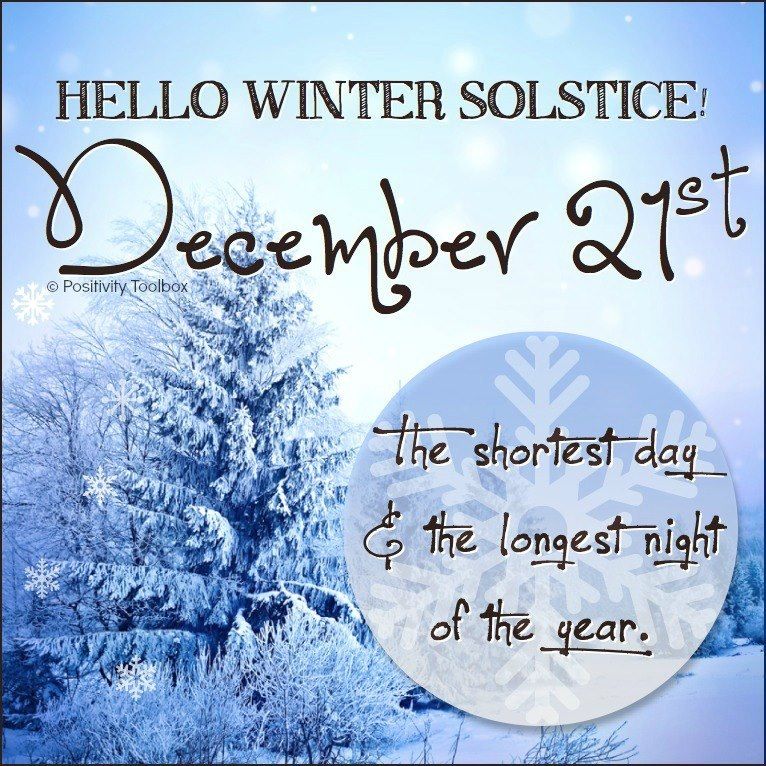
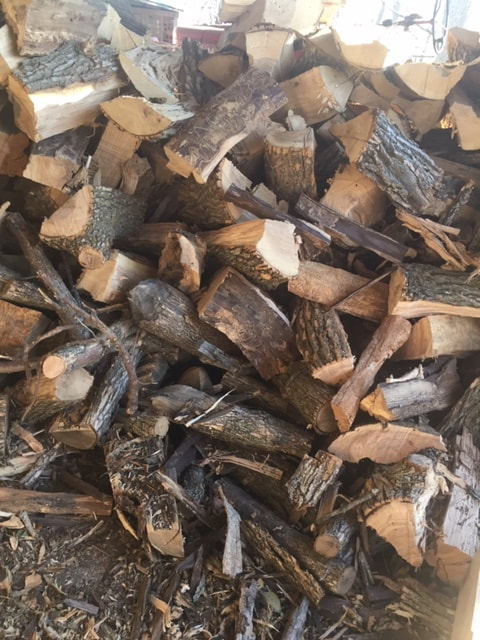

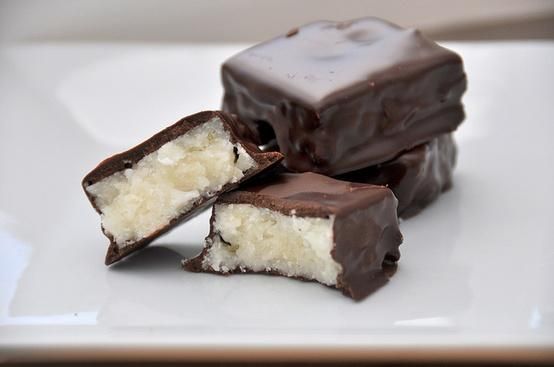
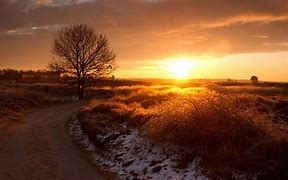
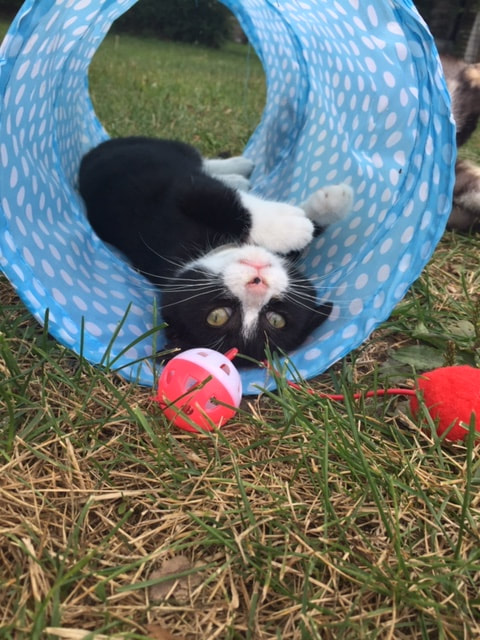
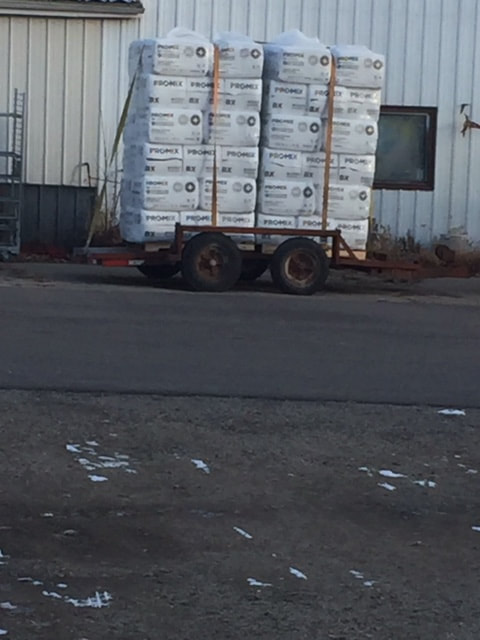

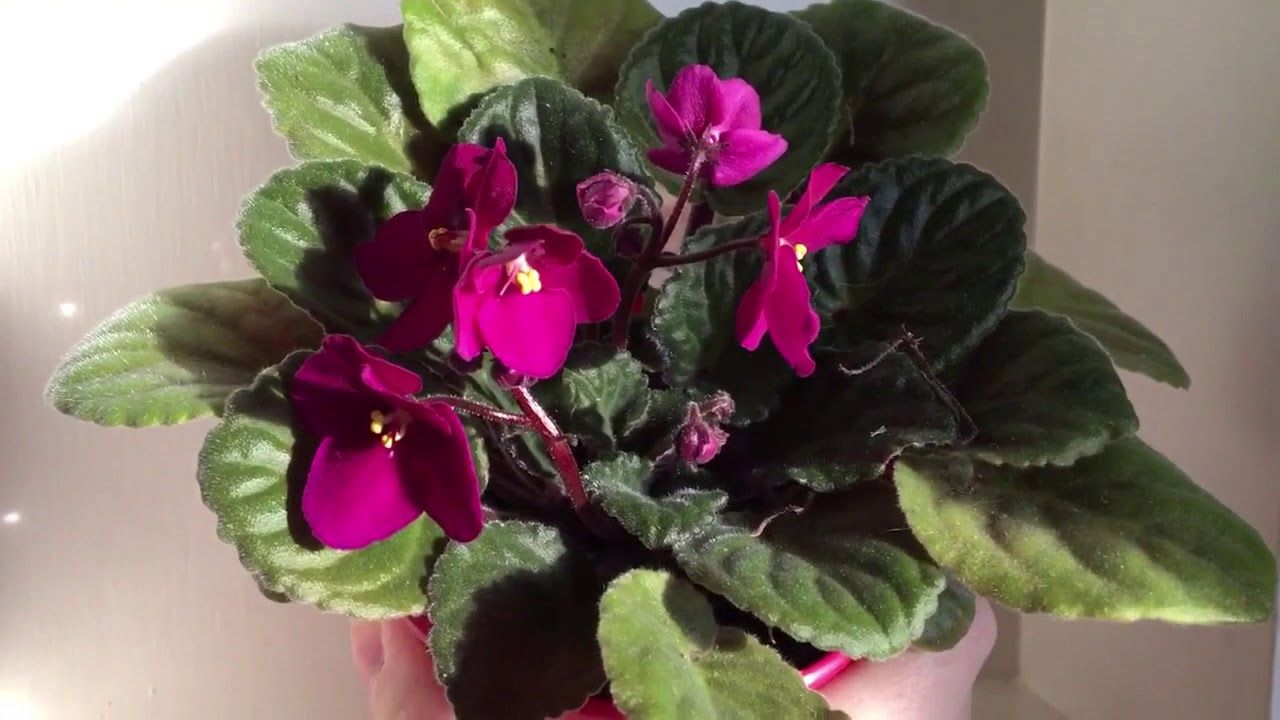


 RSS Feed
RSS Feed
